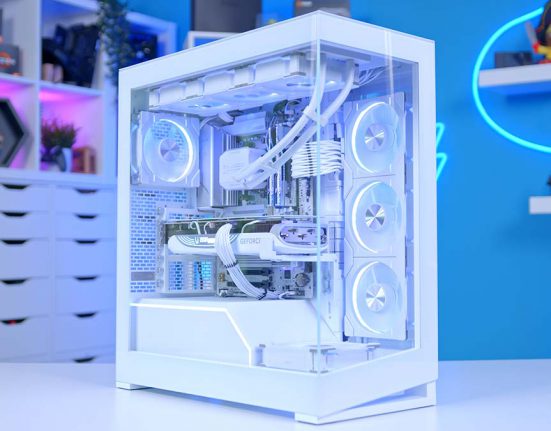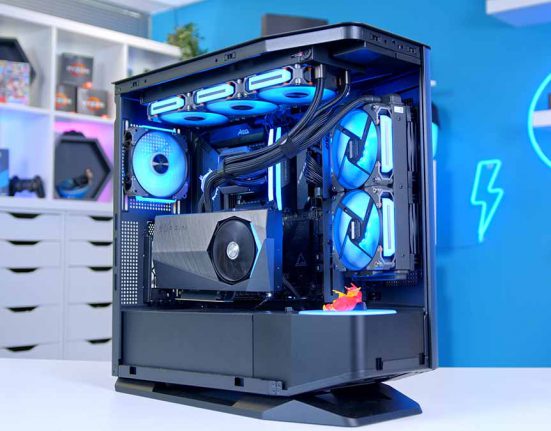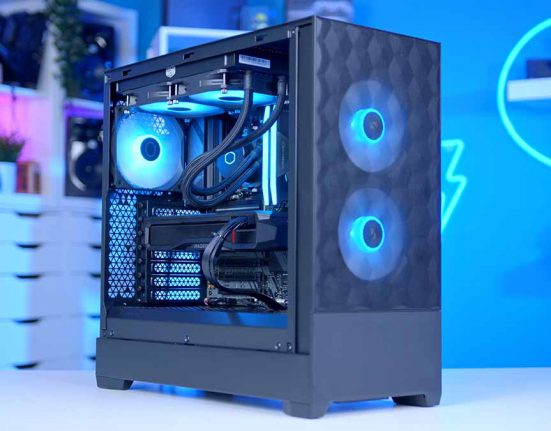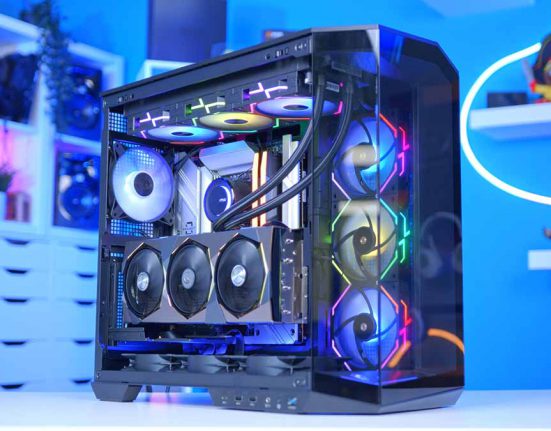Introduction
DLSS is one of NVIDIA’s pillar technologies that has been around since RTX 2000 days. NVIDIA has put a significant amount of R&D into DLSS, making it one of the big selling points of their latest and greatest graphics cards. But for those building a PC for the first time, or for consumers potentially looking to upgrade their GPU, you’ve probably got one big question to ask – what is DLSS?
In this article we’ll be doing a deep dive on DLSS highlighting what it is, what it does, and whether it is worth using. This series of knowledge hub articles which aim to provide answers to all of your burning questions when it comes to everything PC building.
DLSS – Some Background
NVIDIA’s DLSS is one of the big ‘gamer-changer’ technologies that arrived with NVIDIA’s RTX 2000 range of graphics cards. And while DLSS didn’t really see its true form until its second iteration, this was the start of something big for NVIDIA. The way DLSS works is through AI. Essentially, an Artificial Intelligence has been trained to redraw pixels on your screen at a higher resolution than what your monitor and graphics cards are capable of outputting at.
The game that you are playing will run at a lower native resolution and NVIDIA’s AI algorithm infers information from its knowledge base, to render an image that looks perceivably better. So 1080p will look like 1440p, and 1440p will look like 4K. DLSS is also designed to keep the quality of the image at its best. Where traditional super-resolution methodologies can cause artifacts and bugs to pop up, DLSS minimises this, which can result in a better quality image in certain circumstances.
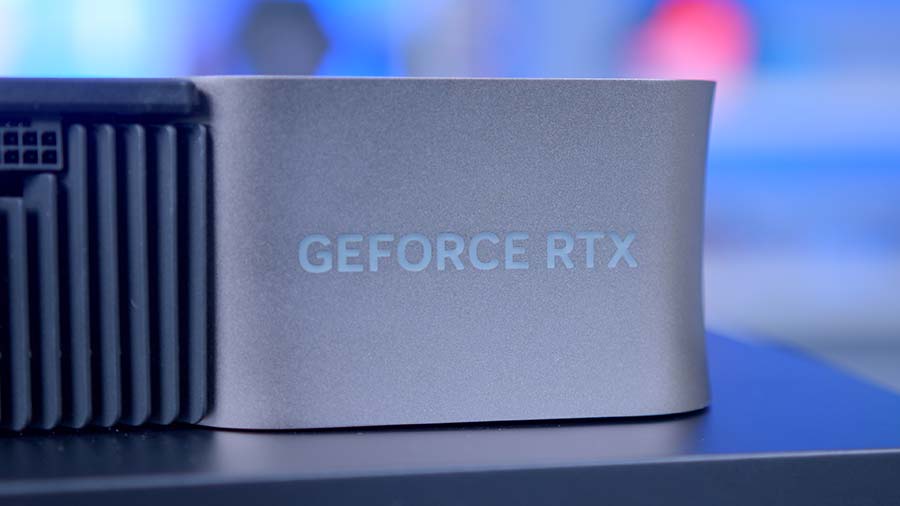
With DLSS in its 3rd iteration now, image and frame rate gains can be even more substantial. The improvements to NVIDIA’s Tensor core architecture (which is what DLSS runs on), means that more processing power can be dedicated to DLSS with very few side effects. And thanks to their 8-bit floating point tensor engine, throughput has been increased by five times compared to previous generation options. Needless to say, DLSS has been NVIDIA’s baby for quite some time, and has the potential to really push technological boundaries as we continue to see NVIDIA develop this tech.
The Drawbacks
While DLSS theoretically seems to be ‘all sunshine and rainbows’, there are some drawbacks to this technology. Generally, the results of DLSS are a bit mixed. NVIDIA claims frame rates can surge quite dramatically in a number of different games, but the main caveat to this is the overall image quality. We’ve seen DLSS used in number of different games with the performance preset, and there are noticeable reductions in image quality in comparison to a native resolution.

This won’t be the case for every game, especially where DLSS is more optimised, but this is the entire issue – there’s not a 100% guarantee. With DLSS turned on in your favourite triple A title, you can quickly see the difference in visual quality versus a native output. And this is unfortunately the biggest caveat. When a new game releases, you’re almost rolling the dice when DLSS is turned on, and the overall image quality could be the reason that consumers switch off this setting, and cope with a lower than average framerate.
DLSS Performance
In our testing, DLSS should be used on a game-by-game basis. While this technology has its merits, it is only worth using if gameplay is inherently unplayable, and this is the main advantage to DLSS as a whole. This pillar technology has allowed consumers to play games that are harder to run on lower-end hardware at reasonable framerates, without the significant loss of visual fidelity. Games like Cyberpunk 2077 and Control offer ground-breaking visuals, so running these games at the intended settings is much harder in comparison to other titles.

But by switching on DLSS, consumers who don’t have an RTX 4090 and are using older hardware, or weaker hardware, can play these games at higher framerates and resolutions.
It is worth keeping in mind that you won’t see massive framerate gains in titles that your graphics card is capable of running natively. Titles like CS:GO, Apex Legends, League of Legends, Overwatch 2, and other easier to run titles, can run on very low-end hardware. So switching on DLSS in a game like this would be relatively fruitless. This is why we recommend sticking to a game-by-game basis. If your GPU isn’t quite cutting it in the newest release, switch on DLSS. If you’re happy with the visual quality and framerate, it is worth keeping it switched on. If not, turn it off and try messing around with some in-game settings to see if you can reach a better framerate.
Getting your game to look and perform the way you want it to can take some trial and error with the settings. So it can be worth taking the time here to adjust things so you can enjoy your game both in terms of quality and performance.
Is There A Catch?
Many of you are probably wondering if this ‘free’ technology comes with some kind of drawback, or subscription cost in order to make use of it. While DLSS is entirely free to use, it does require you to have an NVIDIA graphics card. On top of this, certain generations of DLSS are restricted depending on the generation of your graphics card. To break this down simply, consumers that have a ‘1000’ series graphics card (so a 1030, all the way up to a 1080 Ti), cannot use DLSS at all. These cards lack the required Tensor cores to run this technology, so DLSS does not work on these cards.
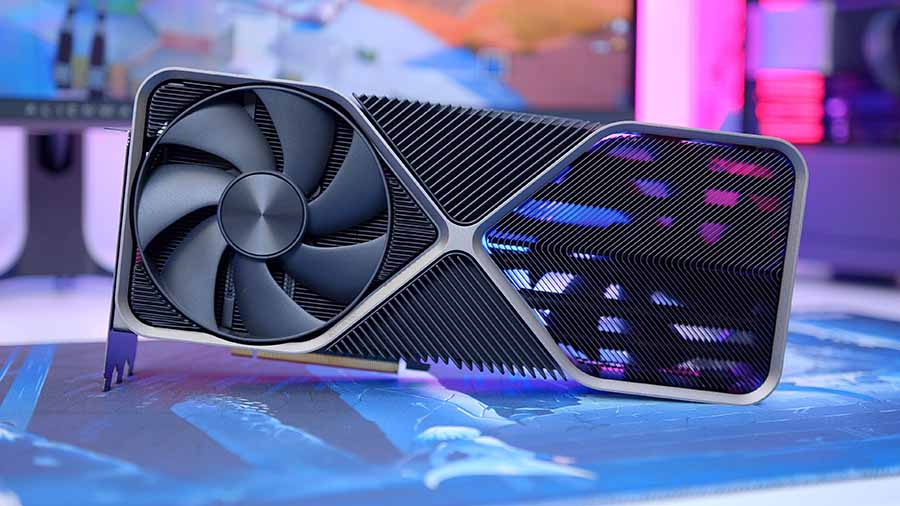
Consumers with an RTX 2000 or 3000 graphics card can use DLSS. But there is a slight catch. These cards are only able to utilise DLSS 2, and not DLSS 3. DLSS 2 did bring some major changes and improvements to AI-powered upscaling as a whole, but its strongest iteration is DLSS 3.5.
DLSS 3 or 3.5 is entirely restricted to RTX 4000 graphics cards. This means all of the big improvements, such as Frame Generation, or the 8-bit floating point tensor engine that we mentioned earlier, are only available to RTX 4000 owners.
While this isn’t a direct catch, restricting generations of DLSS to certain graphics cards is a bit of a turn-off. With RTX 4000 graphics cards being so expensive in their launch year, it is highly understandable that many consumers aren’t particularly thrilled at the idea of having to pick up a new GPU to unlock the next generation of DLSS.
Alternative Options
The only significant alternative to NVIDIA’s DLSS is AMD’s FSR technology. While AMD is still on the backfoot versus DLSS, FSR provides a range of benefits that are comparably similar. Without delving into the nitty gritty too much, AMD provides framerate and quality benefits by using data like frame history, and motion vectors, as opposed to training an AI. While FSR’s image quality isn’t as strong, the technology itself is more widely available.
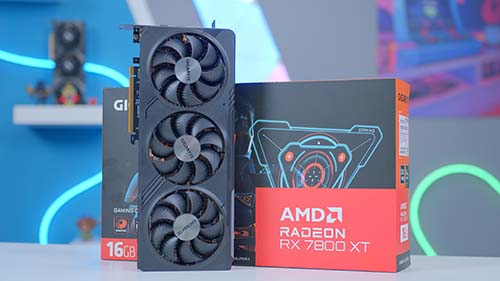
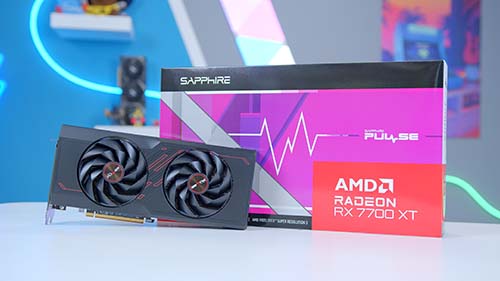
FSR isn’t restricted to any architecture or technology, so it works on all of AMD’s cards, along with competitor cards too. I’d argue this is a pretty big win for AMD, because it opens up the technology to consumers that don’t have the latest and greatest hardware. FSR has come a long way since its initial creation, so we’re expecting to see bigger improvements to framerates as the technology develops.



